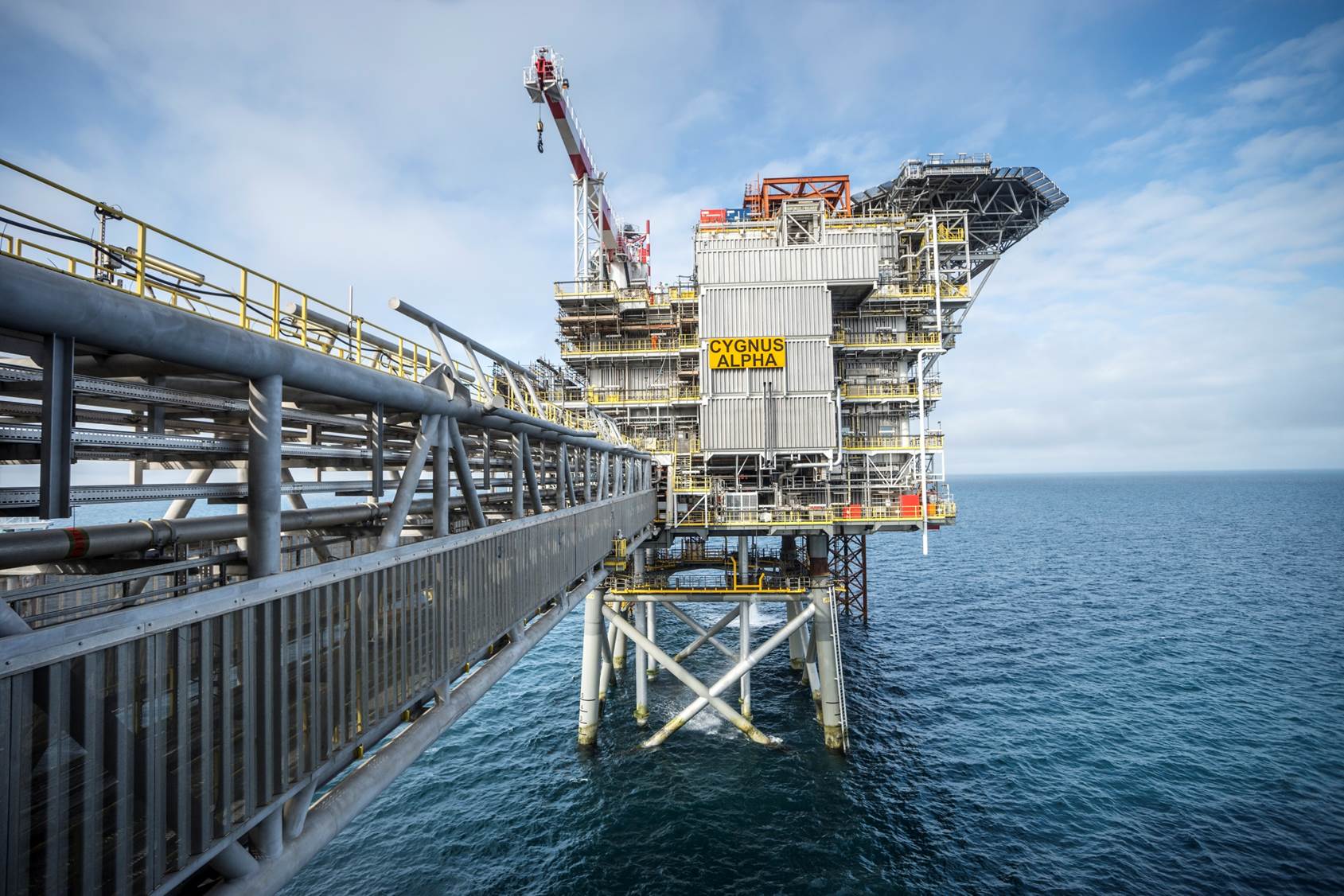
Neptune Energy has signed a number of agreements in order to progress its plans for a blue hydrogen – CCS scheme on England’s east coast.
The project, referred to as “DelpHYnus”, will be located at the former Theddlethorpe gas terminal in Lincolnshire, providing large scale blue hydrogen generation combined with CO2 transport and storage.
Power requirements will be met through a new-built power plant designed with carbon capture and storage (CCS) facilities.
Neptune has signed numerous memorandums of understanding (MoU), including with px Group, duty holder of the St Fergus gas terminal in Aberdeenshire which is owned by NSMP, who will act as an investor in the new power plant and operate it.
Pen has also been to paper with an unnamed “world leading organisation, specialising in industrial gas generation” for development of the blue hydrogen plant.
The site will include facilities transportation and storage of emissions from the South Humber area with a new CO2 pipeline to the Theddlethorpe terminal, as well as accommodation for CO2 to be shipped from areas not easily served by pipelines.
‘Low carbon hub’ around Cygnus
For CO2 transport and storage, an MoU has been signed with Carbon Collectors, a specialist in collection, transport and storage of CO2 using marine solutions to develop shipping options for DelpHYnus.
Neptune has also signed an agreement with an unnamed firm which specialises in power generation requiring shipping.
In May it was revealed that Neptune had made a bid for the carbon storage licences around its Cygnus gas hub in the Southern North Sea for the project, with decisions on that to be made within six months.
Neptune said the CO2 shipping solution could be ready as soon as 2025, with the blue hydrogen and power generation elements following in 2027.
Director of New Energy, Pierre Girard, said: “Our experience in delivering offshore projects which are technically similar to the CCS offering at DelpHYnus is complemented by the expertise of our partners.
“As one of the UK’s lowest carbon gas producers, we are well placed to develop this project at pace with the potential to deliver an operational CCS hub as early as 2025 for shipped CO2 and large scale blue hydrogen as early as 2027, helping meet the ambitions set by the UK government in its 10-point plan.
“Geographically, the location of the project is significant and can drive the creation of a low-carbon hub around our existing Cygnus facility to deliver further decarbonisation opportunities.”
Work underway
Neptune said that, given its success with the L10 CCS development in the Netherlands, this project could create an “obvious link”, potentially offering additional capacity for emitters in the Dutch sector.
Also, in the Dutch North Sea, Neptune is a partner in the PosHYdon project, through which electricity generated by offshore wind turbines will be used to power a hydrogen plant on its Q13a platform, converting seawater into demineralised water, then into hydrogen via electrolysis.
Worley has been hired to carry out conceptual engineering for a normally unmanned offshore installation to serve the DelpHYnus project.
Neptune said it has worked with a specialist firm, which hasn’t been named, on the subsea manifold and CCS pipeline.
It is also working with an unnamed consultancy to study costs, time estimates and the planning processes relating to the onshore portion, the blue hydrogen plant, the powerplant and pipelines between Theddlethorpe terminal and the South Humber area.
Goal7, an expert in the development of sustainable, clean and affordable energy, has been supporting Neptune on coordination of the project, including expertise and research into the latest relevant development and technologies.

 © Neptune Energy
© Neptune Energy